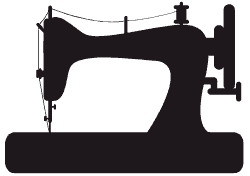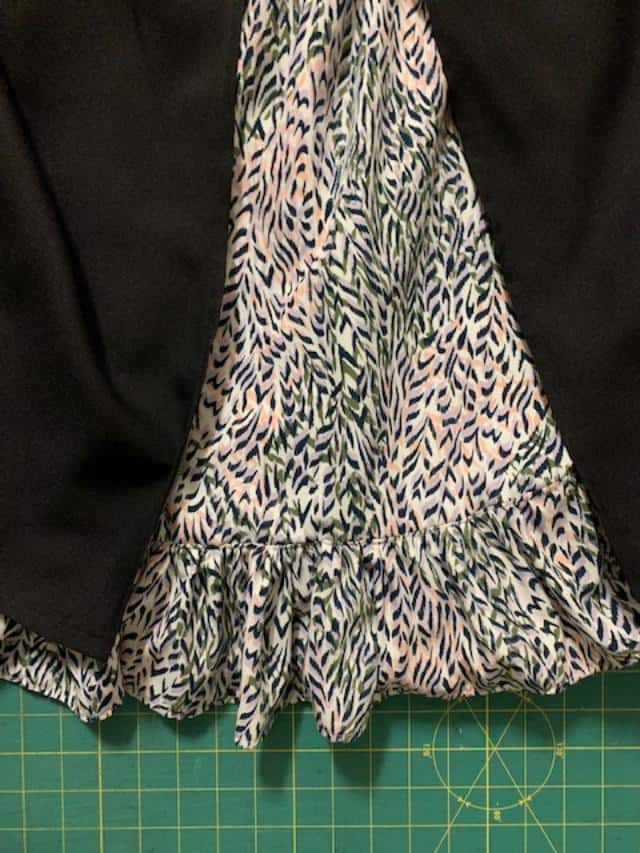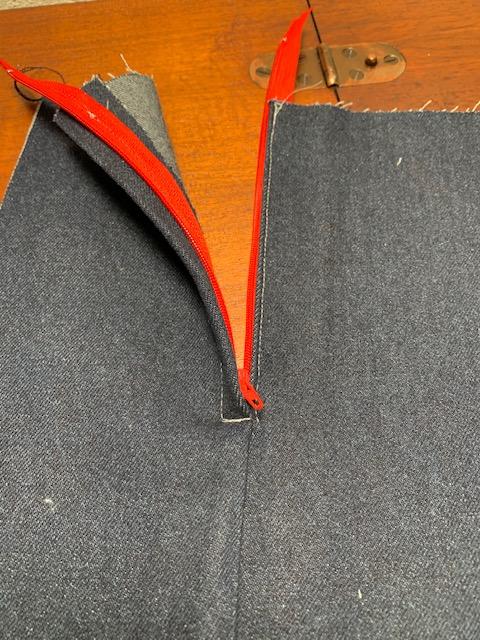What Are Darts And When To Use Them?
Human bodies are three dimensional, so to get a flat piece of fabric to fit over the curves of a body requires fabric manipulation in the form of a dart. Darts are sewn to create shaping in the fabric of the sewn garment. Darts are a fabric folding technique that sewers use to remove and redistribute excess fabric so that it molds over the body. A dart is created by folding a wedge of fabric that goes from the side seam to the fullest part of the body. The dart is widest at the top and tapers down to nothing to cover the fullest part of the body.
Where And When To Use Darts
Darts are typically found on female garments. The most commonly used darts are bust, waist, back, shoulder and fish eye darts. As you might have guessed, the curvier the body part, the more there will be a need for a dart. The darts in most sewing patterns are standard or straight darts. Darts can also be found on men’s shirts but that is an exception rather than the rule
Review The Pattern Piece
When you look at a pattern piece, you will be able to determine whether or not a dart has been drafted into the pattern. A pattern piece with an included dart typically has exaggerated shaping in the location of the dart. Some patterns include an extra point that goes beyond the boundaries of the seams. A standard dart consists of two legs and an endpoint creating an open ended triangle.
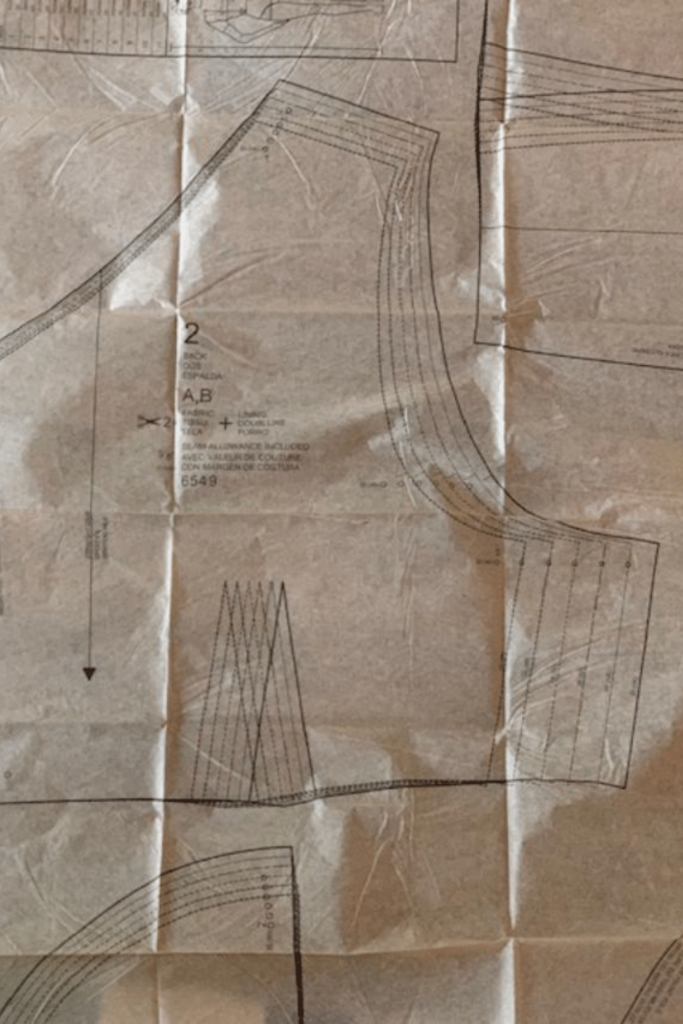
Transfer The Markings
You will need to transfer the markings of the dart from the pattern piece to the garment being sewn. The markings can be transferred using chalk, tailors’ tacks or tracing wheel and tracing paper. As the darts will be sewn on the wrong side of the fabric, you will want to mark the wrong side of the fabric if using chalk or tracing paper. You must ensure that the darts or dart points are marked correctly before separating the pattern pieces from the fabric.
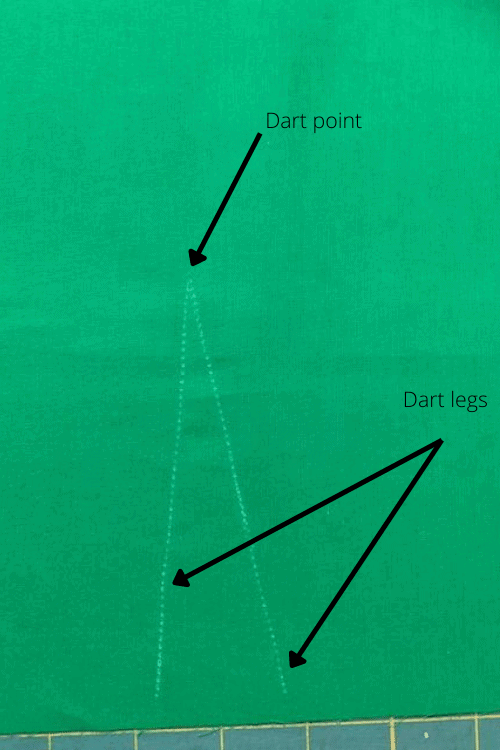
Pin the Dart
Before you can sew the dart, you will need to line up the dart legs to make sure they are even on both sides all the way through the dart tip. To do this, fold the fabric with right sides touching and dart legs lined up. You could try to eyeball this process but you’ll probably misalign the dart legs at first. Best practice? Use pins along the lines along the entire dart leg and then pin to secure in place.
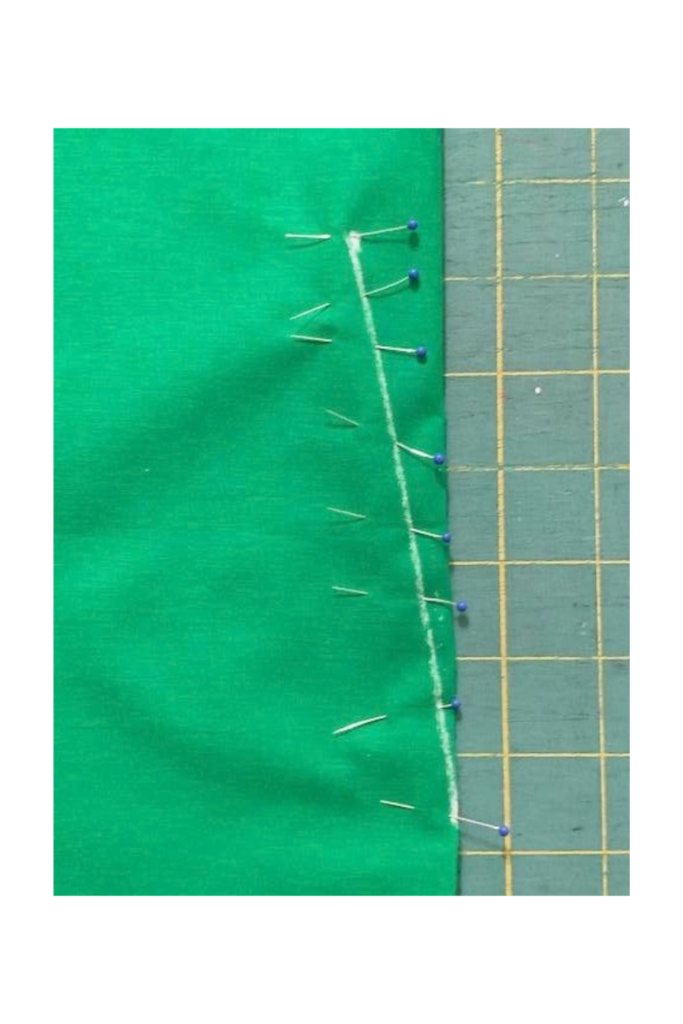
Sew The Dart
When sewing the dart, you will start the end of the legs and sew towards the dart tip. Sew a couple stitches, backstitch and continue on the dart legs to the dart dip. Once you get to the tip of the dart, sew off the fabric without backstitching. You will leave a long tail to tie a knot to secure the dart and ensure that it does not come undone.
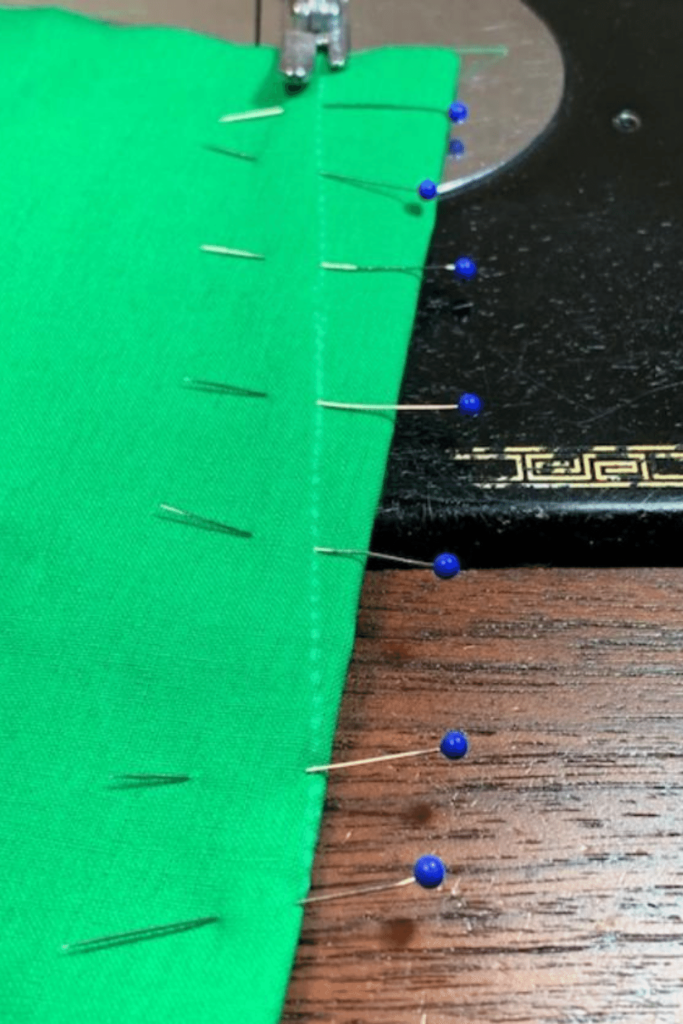
Press the Dart
Press the dart as sewn and then open the garment and press the dart to one side over a tailor’s ham or a rolled up towel. The trick is to press the dart over a curved surface to create the required curvature of the dart. If the dart is small and the curve is minimal, it can be pressed flat. Waist darts are pressed towards the side seam and bust darts are pressed down towards the waist.
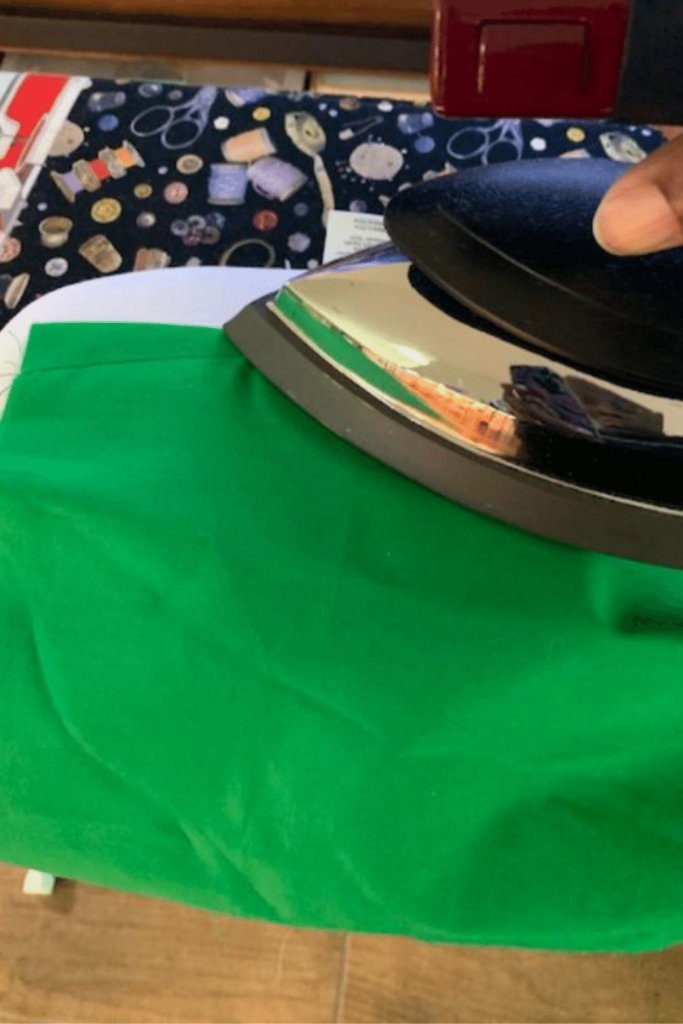
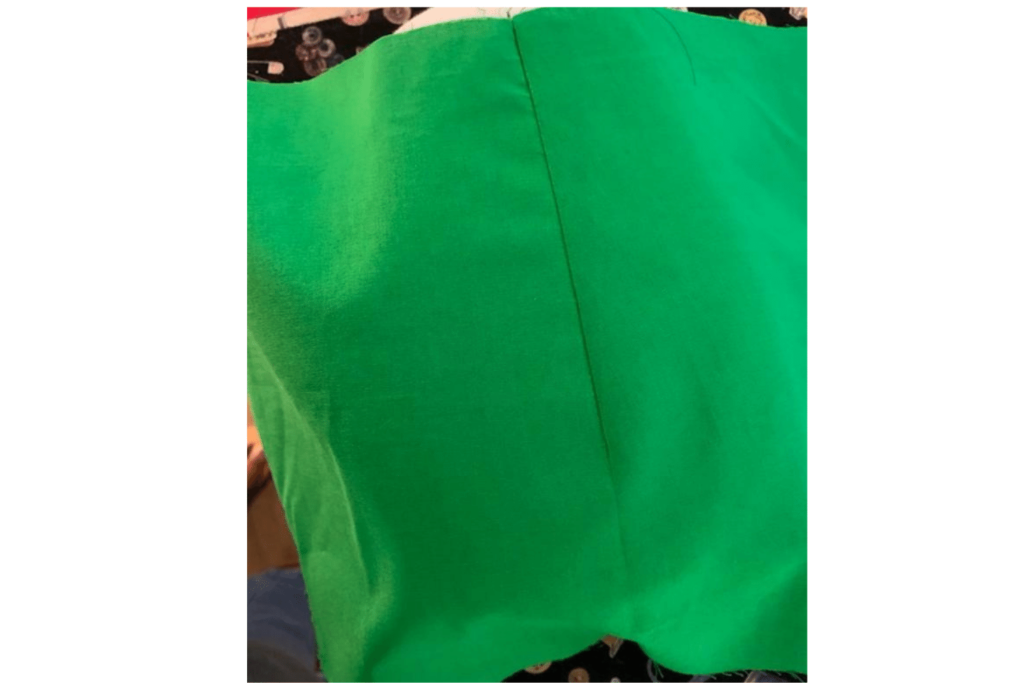

Double-Pointed Dart
A double pointed dart looks completely different from the standard dart. A double pointed dart is also known as a body dart or a fish eye dart. Where the standard dart has an end point and two legs, the double pointed dart looks like two standard darts joined by the dart legs. Essentially, this is a long dart that is usually used to shape the waist, bust and potentially the hip area of a dress or jacket all at the same time.
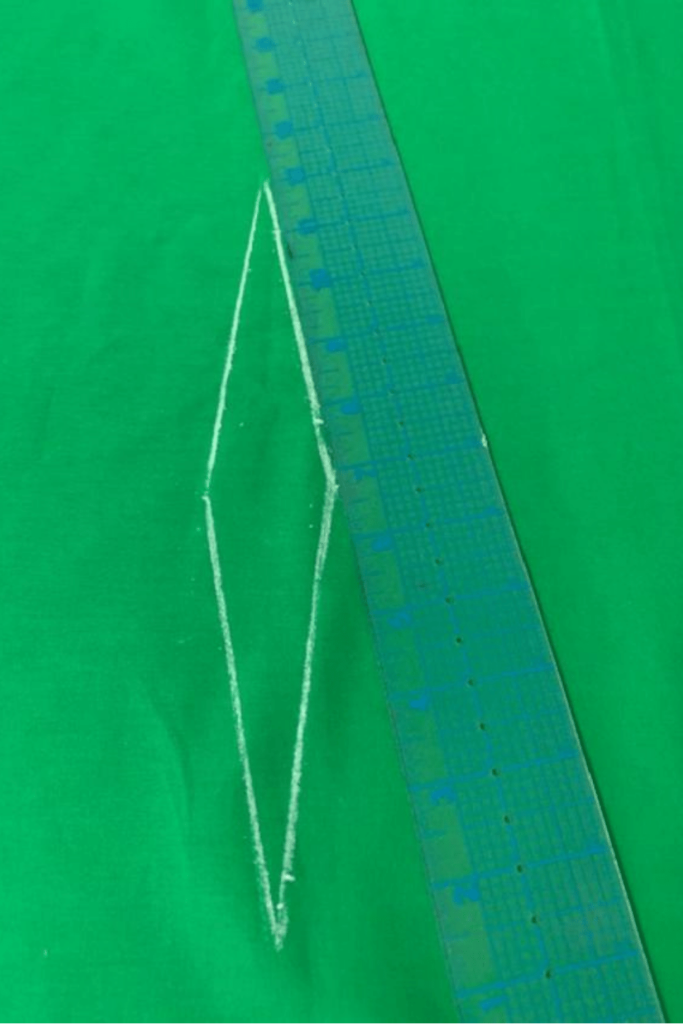
Curved Dart
A curved dart at first glance looks like a standard dart. It serves the same shaping function and can also be used at the waist or bust. If you want a deeper curve at the waist or bust and a standard curve isn’t cutting it, a curved dart will be a better option. As the name implies, a curved dart is not sewn in a straight line. A curved dart can also be used as a design feature instead of just creating shaping.
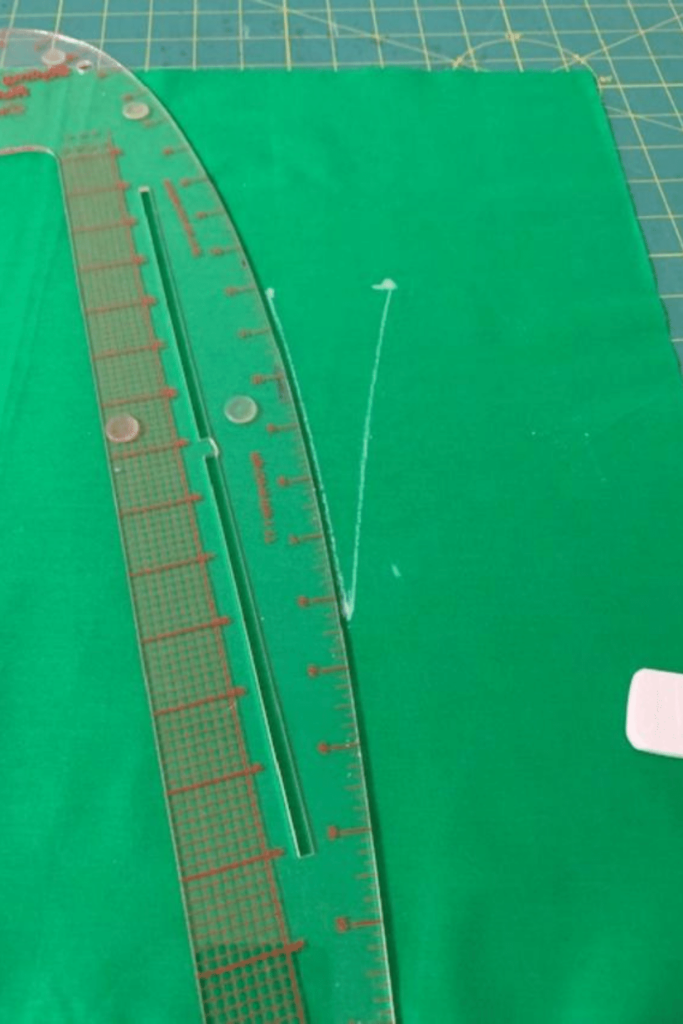
Ready To Sew Some Darts?
Now that you know what darts are and where to use them, why not start sewing some of your own? No matter where you are in your sewing journey, you will be sewing darts to achieve optimal shaping. The best time to start is now to start practicing your darts. You’ll be well on your way to sewing clothes that fit.
